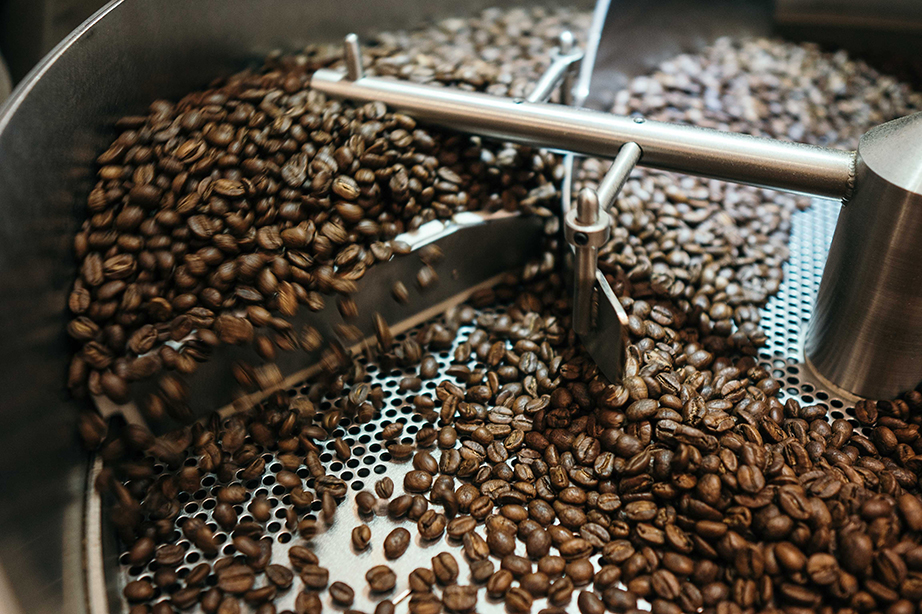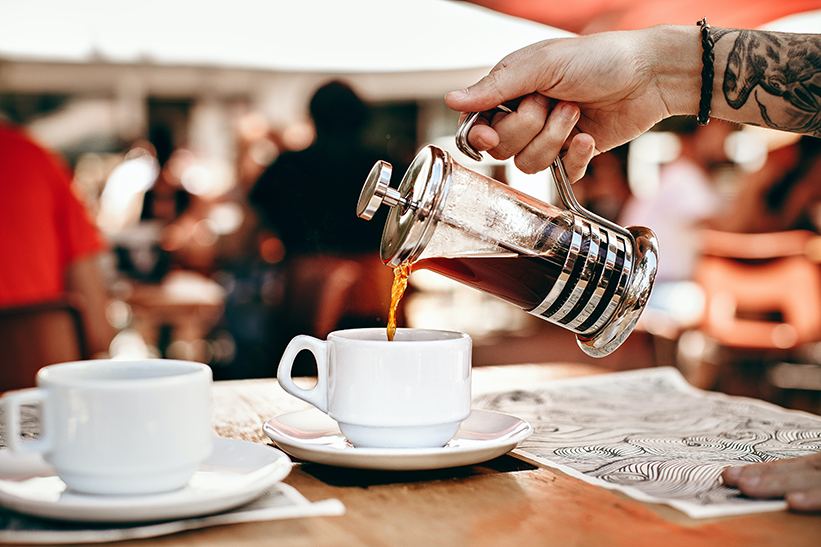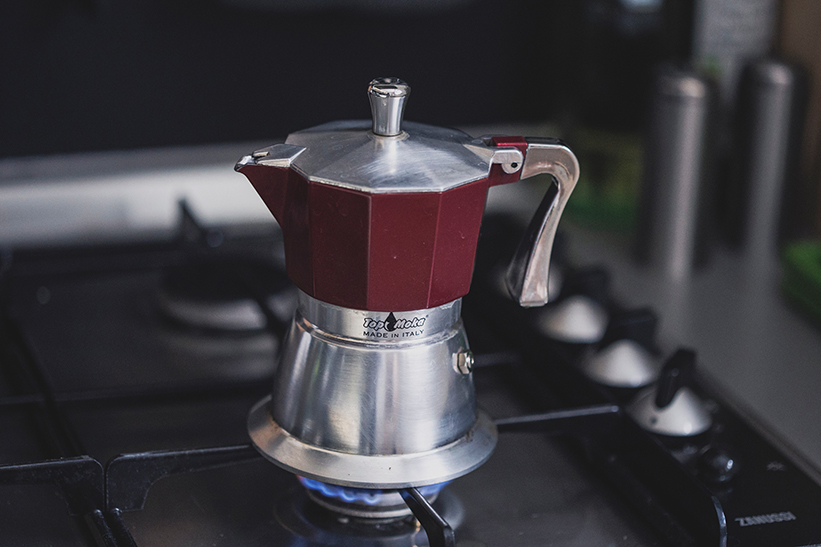In the world of coffee, more than just the taste matters.
The method of brewing, the type of coffee used, and the environmental impact are all crucial factors contributing to the coffee experience.
One such aspect that has gained significant attention recently is eco-friendly coffee brewing. This method of brewing coffee enhances the taste and reduces the environmental impact, making it a win-win for coffee lovers and the environment.

In this article, we delve into eco-friendly coffee brewing. We will explore sustainable brewing methods such as the French Press, Cold Brew, AeroPress, Pour Over, and Stovetop Espresso Makers and discuss additional tips to make your coffee routine more eco-friendly, like avoiding single-serve cups, using reusable filters, and buying from sustainable sources.
| Key Takeaways | |
|---|---|
| 1 | Eco-friendly coffee brewing methods like the French Press, AeroPress, and Pour Over can significantly reduce waste and energy usage. |
| 2 | Additional practices such as using reusable filters, brewing coffee at home, buying from sustainable sources, composting coffee grounds, and choosing eco-friendly coffee machines can further enhance the sustainability of your coffee routine. |
| 3 | Every small step towards sustainability counts. Starting with our daily cup of coffee, we can make a significant difference in reducing our environmental impact. |
Importance of Eco-Friendly Coffee Brewing
The importance of eco-friendly coffee brewing cannot be overstated. With the increasing awareness about environmental sustainability, more people are looking for ways to reduce their carbon footprint. And what better way to start than with our daily cup of coffee?
We can significantly reduce waste and energy usage by choosing eco-friendly brewing methods. It helps conserve the environment and leads to a better-tasting cup of coffee. After all, good coffee shouldn’t come at the expense of our planet.
Eco-Friendly Coffee Brewing Methods
There are a number of eco-friendly brewing methods and we will now provide an overview of the main ones available to you.
French Press

A French Press is no doubt one of the most eco-friendly ways to brew coffee. It doesn’t require electricity, and there are no paper filters to dispose of. The coffee grounds are fully compostable, making it a zero-waste method.
The French Press allows for full immersion brewing, which means the coffee grounds are in contact with the water for the entire coffee brewing process. It results in a rich, full-bodied cup of coffee.
Cold Brew
Cold brew is another eco-friendly coffee brewing method, which is steeping coffee grounds in cold water for an extended period, usually 12 to 24 hours. This method uses no electricity and produces a smooth, low-acidity coffee that is perfect for those hot summer days. The coffee grounds used in cold brew are also fully compostable.
One thing to note is that cold brew requires more coffee grounds than other methods, so it’s essential to source your coffee responsibly.
AeroPress
The AeroPress is a fairly recent addition to the coffee brewing world, but it has quickly gained popularity due to its simplicity and versatility. It’s a manual brewing method, meaning it requires no electricity.
The AeroPress uses a small paper filter, but these are biodegradable and compostable. Plus, some models come with a reusable metal filter. The AeroPress brews coffee under pressure, producing a smooth, rich cup of coffee with low acidity.
Pour Over
Pour Over is a simple, hands-on brewing method that gives you absolute control over your coffee brewing process. It is the pouring of hot water over coffee grounds in a filter set in a dripper. The water then drips down into your cup or pot. Like the AeroPress, Pour Over uses a paper filter, but these are also biodegradable and compostable options. Some models even come with a reusable metal or cloth filter.
Pour Over brewing brings out the nuanced flavors of the coffee, resulting in a clean, flavorful cup.
Stovetop Espresso Makers
Stovetop Espresso Makers are a great eco-friendly alternative to electric espresso machines.

They brew coffee by passing boiling water pressurized by steam through ground coffee. They don’t require electricity or paper filters, making them a low-waste option. Stovetop Espresso Makers produce a strong, rich coffee similar to espresso. They’re also durable and long-lasting, further adding to their eco-friendly credentials.
Moka Pot
The Moka Pot is a traditional Italian brewing method. It’s similar to the Stovetop Espresso Maker but has a unique design resulting in a different flavor profile. The Moka Pot brews coffee by passing boiling water pressurized by steam through ground coffee. It requires no electricity or paper filters, making it a low-waste option. The Moka Pot produces a strong, rich coffee between an espresso and a drip coffee.
Additional Tips for Eco-Friendly Coffee
In addition to eco-friendly brewing methods, there are further ways that you can ensure your coffee is eco-friendly and we will discuss these now.
Avoid Single Serve Cups
Single-serve cups have become popular due to their convenience, but they generate significant waste. Most of these coffee cups are not recyclable and end up in landfills.
A more eco-friendly alternative is to use a coffee maker that doesn’t require single-serve cups. If you must use a single-serve machine, look for brands that offer recyclable or compostable cups. Some machines have reusable pods you can fill with your coffee grounds.
Use Reusable Filters
Using reusable filters is another way to make your coffee routine more eco-friendly. Many coffee makers use paper filters that are thrown away after each use. Reusable filters, however, can be used multiple times, reducing waste. They’re typically made of metal or cloth and can be easily cleaned after each use.
Some coffee makers, like the AeroPress and Pour Over, even have a reusable filter.
Brew Coffee at Home
Brewing coffee at home not only saves you money but also reduces waste. When you brew at home, you control the entire process, from the coffee you use to the brewing method. You can use sustainable coffee, reusable filters, and eco-friendly brewing methods. Plus, you can avoid the disposable cups and lids many coffee shops use.
Buy From Sustainable Sources
When it comes to coffee, not all beans are created equal. Buying from sustainable sources means supporting coffee growers who use environmentally friendly farming practices. Look for certifications like Fair Trade, Organic, and Rainforest Alliance. These certifications ensure that the coffee is grown in a way that supports biodiversity, conserves natural resources, and improves farmers’ livelihoods.
Composting Coffee Grounds
Composting coffee grounds is an excellent way to reduce waste and enrich your garden. Coffee grounds are extremely rich in nitrogen, making them a valuable addition to your compost pile. They can also be used directly in your garden to improve soil structure and fertility. Just be sure to balance them with brown materials like leaves or straw to maintain a healthy compost pile.
Choosing Eco-Friendly Coffee Machines
Last but not least, consider the coffee machine you use. Choosing eco-friendly coffee machines can significantly reduce your environmental impact. Look for machines that are energy efficient, durable, and repairable. Some machines also have features like automatic shut-off and programmable start times to save energy.
By following these tips, you can enjoy your daily cup of coffee while also doing your part to protect the environment.
Conclusion
In conclusion, making your coffee routine more eco-friendly is not only beneficial for the environment but also enhances your coffee experience.
You can significantly reduce your environmental impact by choosing sustainable brewing methods like the French Press or AeroPress, using reusable filters, brewing at home, buying from sustainable sources, composting coffee grounds, and choosing eco-friendly coffee machines.
Remember, every small step towards sustainability counts. So, let’s start with our daily cup of coffee and make a difference.
Frequently Asked Questions
What is the most eco-friendly way to brew coffee?
The most eco-friendly way to brew coffee is the French Press method. It doesn’t require electricity or paper filters, making it a low-waste option. The coffee grounds are fully compostable, and the brewing process itself is energy efficient.
What is the least wasteful way to make coffee?
The least wasteful way to make coffee would be a method that doesn’t require disposable filters or electricity. The French Press, AeroPress with a reusable filter, and the Moka Pot are all excellent options. Additionally, brewing coffee at home and using a reusable cup instead of disposable ones can significantly reduce waste.
How do you make coffee beans sustainable?
To make coffee beans sustainable, they should be grown using environmentally friendly farming practices. It includes avoiding harmful pesticides, conserving water, protecting wildlife habitats, and ensuring fair wages for workers.

Taylor – Barista and Product Tester at MyCoffeeBeanz.com
Taylor is a professional barista and our product tester here at MyCoffeeBeanz.com. She loves experimenting with different coffee brewing methods but her real passion within the coffee industry is helping promote sustainability and eco-friendliness wherever she can. Read more about Taylor her
